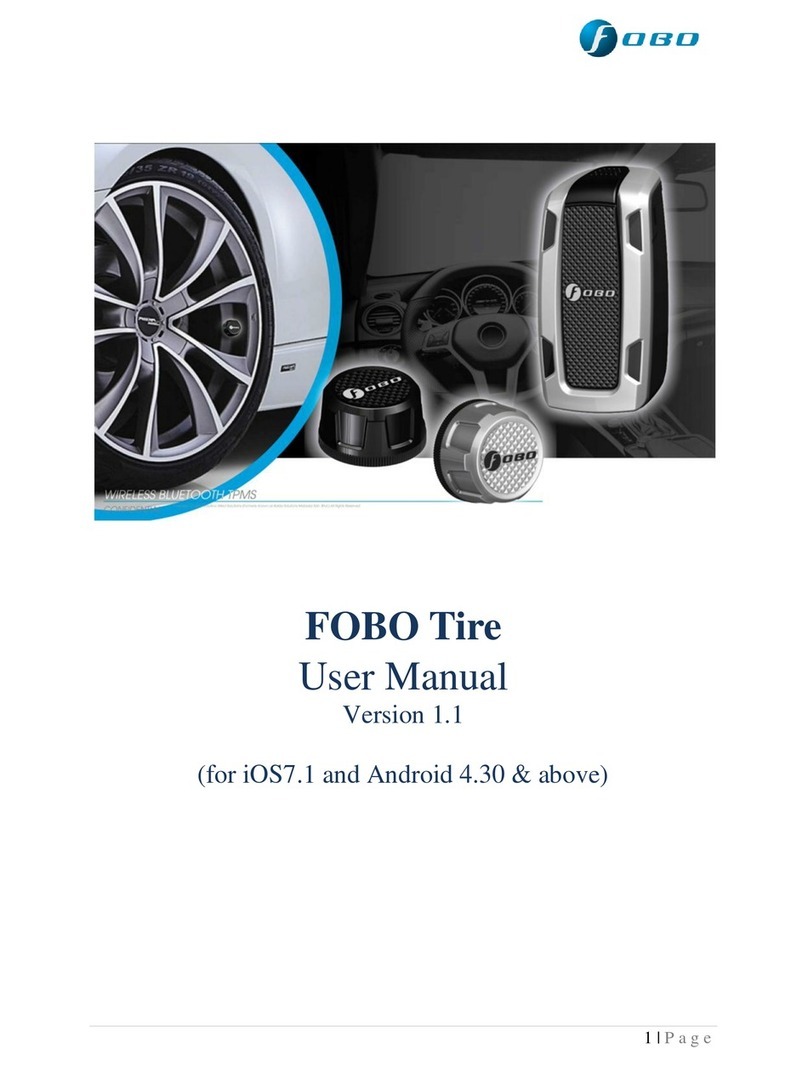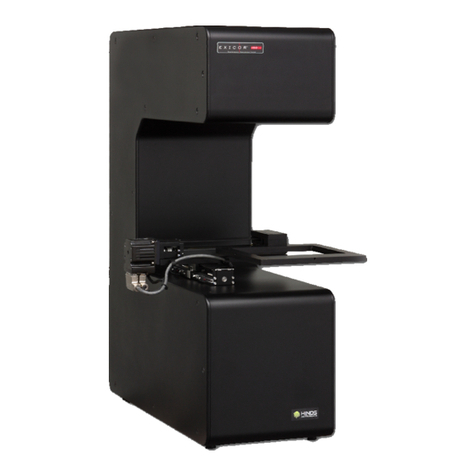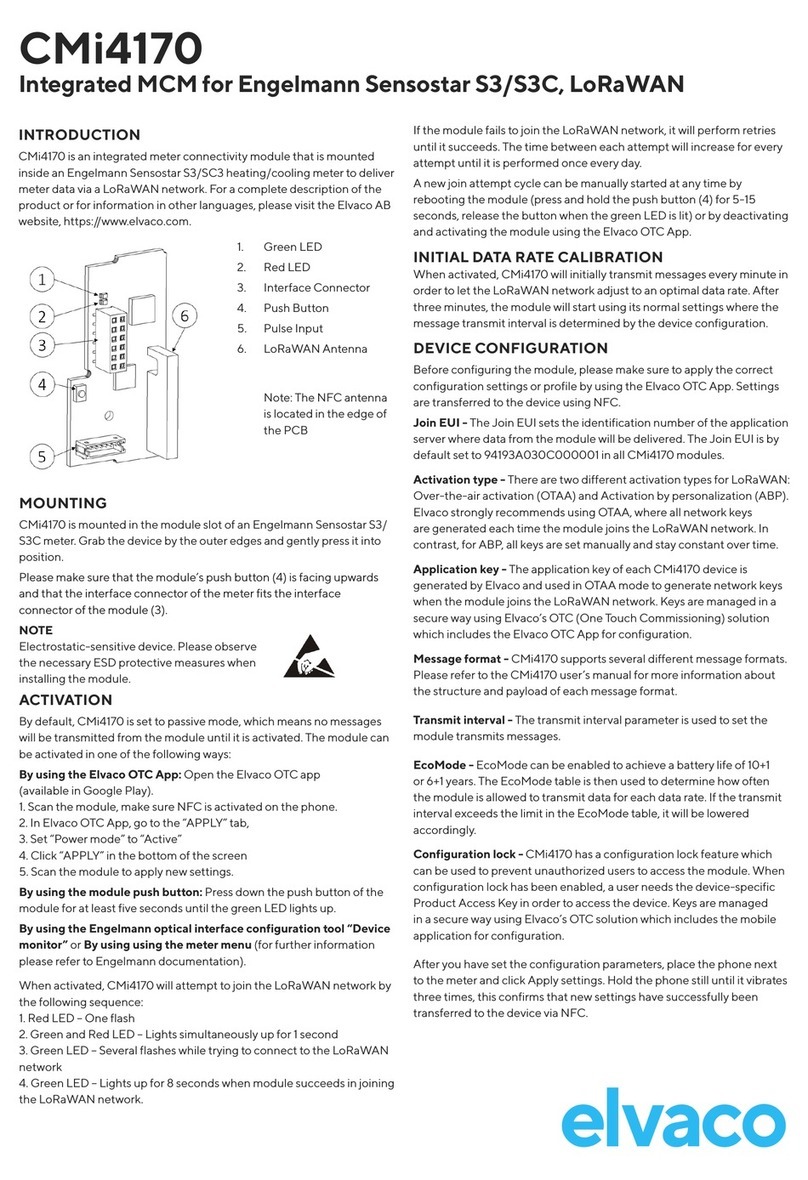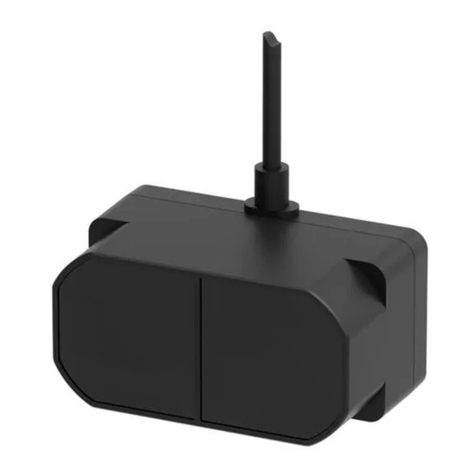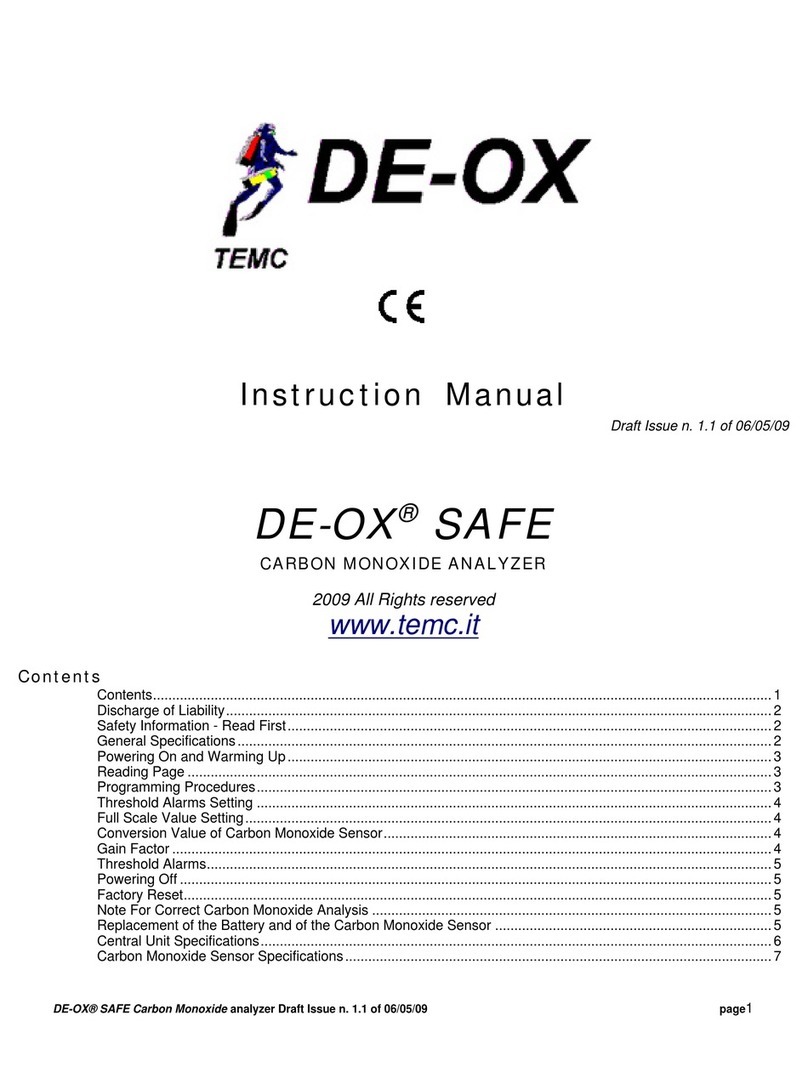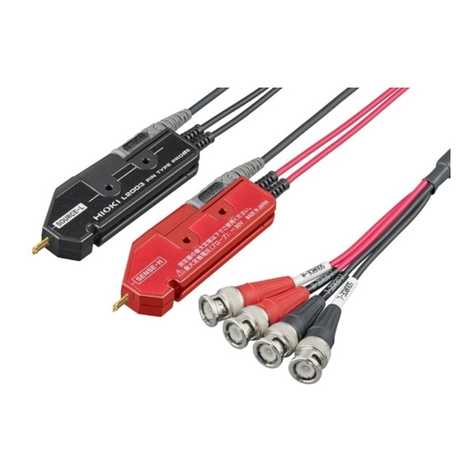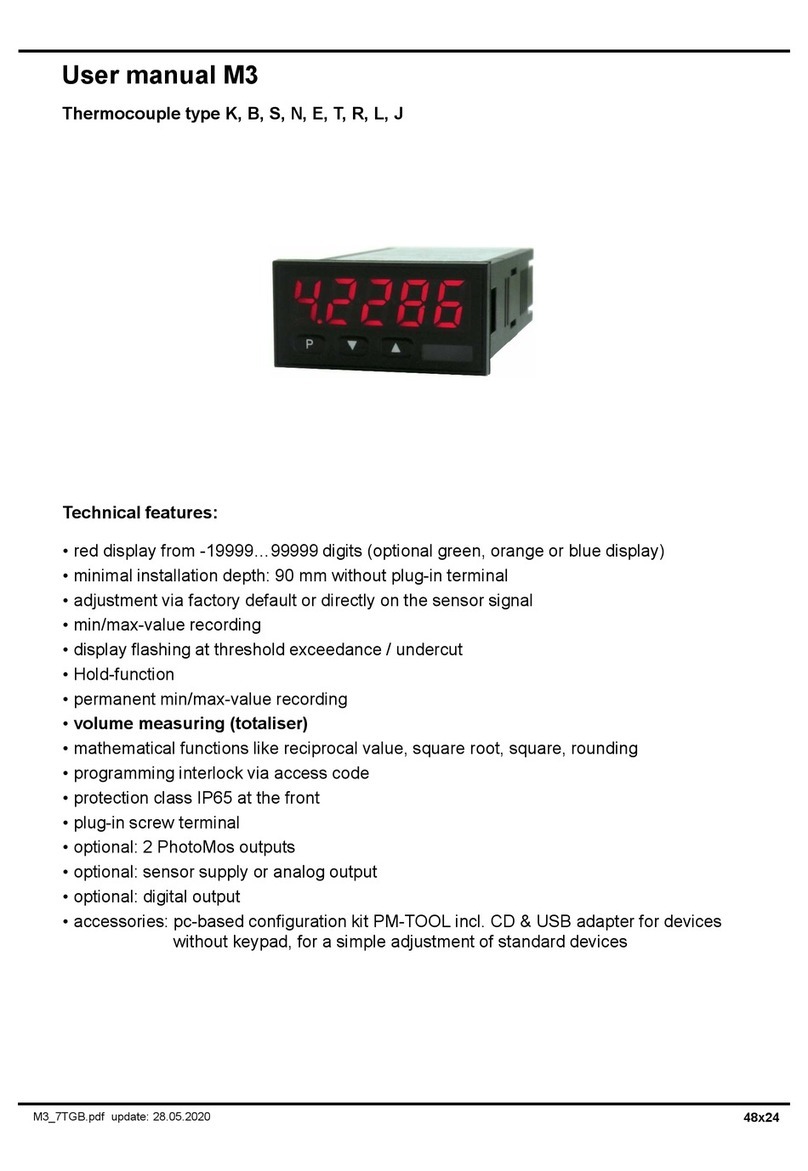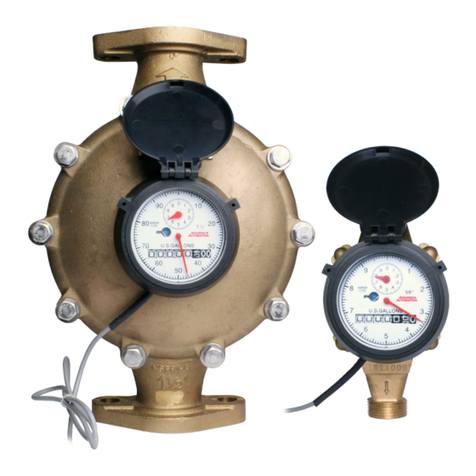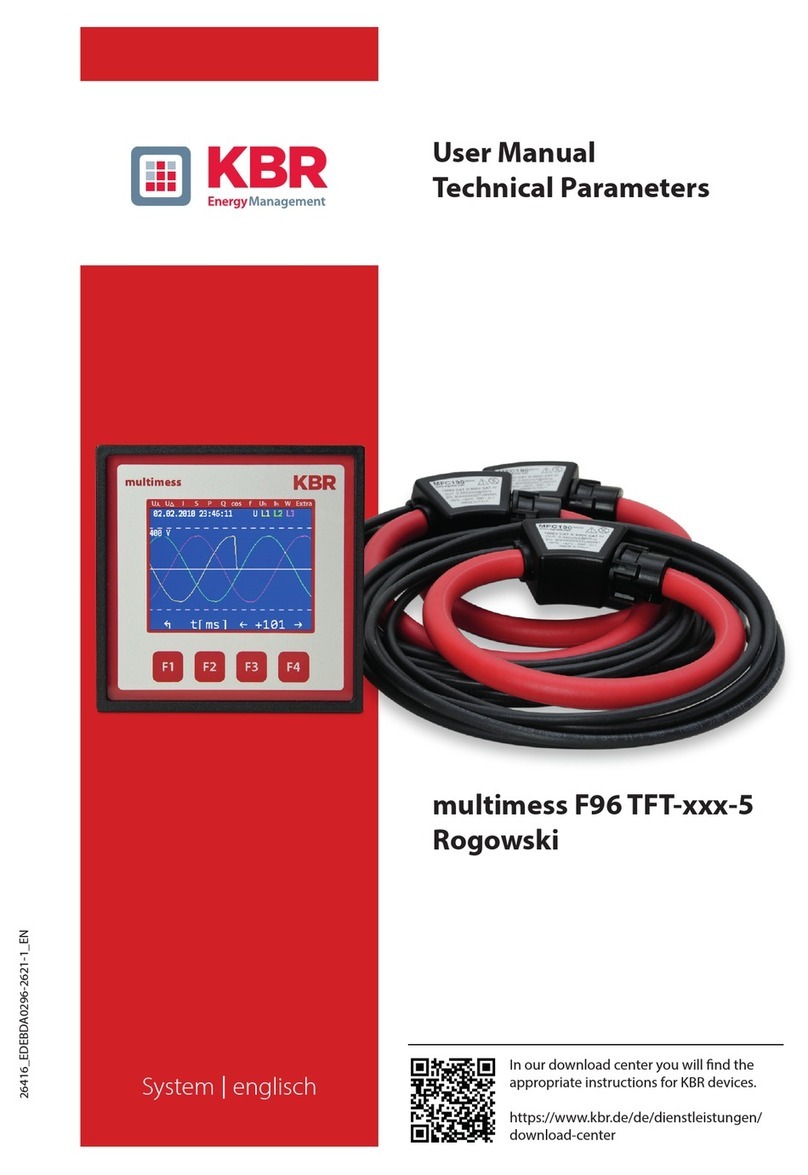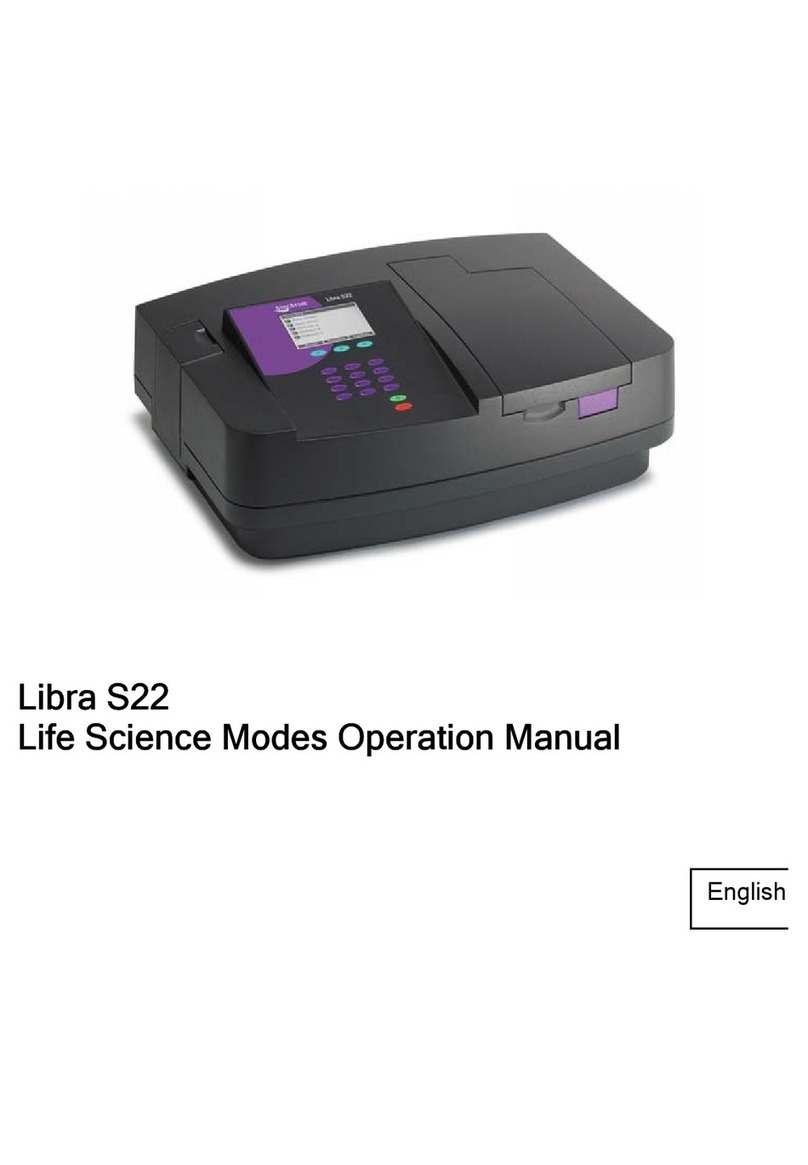FOBO Ultra User manual

1 | P a g e
FOBO ULTRA
User Manual
Version 1.1
(For iOS7.1 and Android 4.30 or later)

2 | P a g e
Contents
1Introduction
2About FOBO Ultra
3Importance of Tire Care
4Product Description of FOBO Ultra
4.1 In-Car unit/Repeater (TU1601)
4.2 Tire Sensor unit (TU1602)
4.3 Sensor lock nut & wrench
4.4 Extension Valve & Screw on T-valve
4.5 In-Car unit mounting and proposed location
4.6 Repeater mounting and proposed location
5Using FOBO Ultra
5.1 Description of FOBO Ultra App (for iOS)
5.2 Description of FOBO Ultra App (For Android)
5.3 Installing FOBO Ultra App
5.4 Installing FOBO Ultra In-Car unit and sensors
5.5 Sensor rotation
5.6 Disable sensor and Replace new sensor
5.7 Release (Total/Sensor)
5.8 Tire Inflation/Deflation
5.9 Drop & Hook
6In-Car unit audio & LED alerts
7Replacing Battery –Sensor, In-car and repeater
8Trouble Shooting Guide
9FOBO Ultra Specifications
10 Warning
11 Regulatory Information
12 Intellectual Properties
13 Limited Warranty and Disclaimer

3 | P a g e
1Introduction
FOBO Ultra is the world‟s most advanced Tire Pressure Monitoring System
(TPMS) using Bluetooth Smart (Bluetooth 4.1 or later) technology to monitor your
Truck, RV, Caravan tire pressure and temperature. Bluetooth Smart is a very low
power wireless technology that could operate on a single coin cell battery for up to
twelve months (NOTE: Battery life may vary according to usage and climatic
temperature. Operating under extreme cold may drastically reduce battery
life.)
Please ensure that your smartphone has Bluetooth Smart Ready (Bluetooth 4.1 or
later) capability in order to use FOBO Ultra. Currently FOBO Ultra works best with
iOS 7.1 and Android 4.30 or above.
Before starting to use FOBO Ultra, please download the free FOBO Ultra App to
your smartphone from Google Play Store or Apple AppStore.
FOBO Ultra is a product designed and produced by Salutica Allied Solutions Sdn.
Bhd. (“Salutica”), a Malaysian company with its address at No. 3, Jalan Zarib 6,
Kawasan Perindustrian Zarib, 31500 Lahat, Ipoh, and Perak, Malaysia.
2About FOBO Ultra
FOBO Ultra monitors your vehicle tires non-stop around the clock. Most drivers
have encountered situations where they need to rush for an urgent delivery only to
be stranded by a flat tire. Conventional Tire Pressure Monitoring Systems (TPMS)
could not alert you in advance because it stops operating as soon as the Vehicle
ignition is switched-off. With FOBO Ultra, you will get an alert as soon as the tire
pressure drops below a certain pre-set level, even when the Vehicle ignition is
switched off as long as you are within Bluetooth range(up to 30 meter with line of
sight; but the range may reduce by obstacles in between). This alert gives you time
to get the flat tire fixed before you need to use it.
FOBO Ultra can monitor up to 20 vehicle profiles on each smartphone. You can
receive data from the tire pressure sensors from all your vehicles without switching
on the ignition. FOBO Ultra allows you to monitor your Vehicle tires conveniently
at any time you want. NOTE: Under certain conditions the signals from FOBO
Ultra sensors may be blocked by surrounding objects or structures. If this
occurs, please move around the vehicle in order to capture signals from all the
tire sensors.
If you are sharing your vehicle with others, you (FOBO Sharer) can authorize
others (FOBO Sharee) to use your FOBO Ultra through the FoboShare function.
After adding them through FoboShare, FOBO Sharees who use your vehicle will

4 | P a g e
receive alerts and data from your FOBO Ultra on their respective smart phone
which is installed with FOBO Ultra App. Refer Details at Section 5.3
FOBO Ultra packaging consists of 4 wireless tire sensors, 1 wireless In-Car unit or
Repeater and a 24V 10 feet power cable with connector to In-Car or Repeater.
Replace your vehicle tire valve caps with the sensors and place the In-Car unit
inside the cab. The sensors will measure tire pressure of each tire and transmit via
Bluetooth to the In-Car unit and your smartphone. In case of a breach of pre-set
threshold of tire pressure, the In-Car unit will produce an audible alert to notify you.
An alert will also pop up on your smartphone if it is within Bluetooth range.
FOBO Ultra system requires a qualified smartphone and FOBO Ultra App for
installation. In addition to being able to view information regarding your vehicle
tire pressure and temperature, the FOBO Ultra App will also produce an alert when
your tire has a problem.
DISCLAIMER: FOBO ULTRA IS NOT A DEVICE THAT PREVENTS
ACCIDENTS. IT IS ALSO NOT A DEVICE THAT PREVENTS TIRES
FROM BECOMING DEFLATED OR OVERINFLATED. FOBO ULTRA IS
NOT A SUBSTITUTE FOR SAFE TIRE MAINTENANCE PRACTICES.
PLEASE CONTINUE TO TAKE PRECAUTIONARY MEASURES WHILE
DRIVING AND TAKE FULL RESPONSIBILITY OF YOUR VEHICLE’S
TIRE CONDITION TO ENSURE SAFETY WHILE DRIVING. YOU
SHOULD CONTINUE TO PRACTICE PROPER TIRE CARE AND
SCHEDULED TIRE MAINTENANCE.
3Importance of tire care
It is extremely important to ensure vehicle tires are properly inflated for safety
while driving. However, many drivers tend to neglect proper tire care and
maintenance. The vehicle tires are the only contact points between the vehicle and
the road. The weight of the vehicle and passengers are supported by the air pressure
inside the tires. Improperly inflated vehicle tires may cause serious accidents on the
road.
When tires are underinflated, the additional rolling resistance may cause buildup of
heat which may lead to the de-lamination of the tire materials as well as damage to
the tire‟s sidewall, which in turn increases the chances of a tire blow-out.
Underinflated tires will also cause accelerated wear on the tire shoulders thereby
causing uneven tire wear. Gas mileage will also be affected due to additional rolling
resistance when driving with underinflated tires. You would also experience a
significant loss of steering precision and cornering stability. Significantly under-
inflated tires will also be less effective in resisting hydroplaning.

5 | P a g e
On the other hand, an overinflated tire will cause accelerated wear on the center
portion of the tire resulting in uneven tire wear. It would also result in a harsher ride
and makes the tire more susceptible to damage when going over potholes or debris
on the road..
What is the optimum tire pressure? There are a lot of information about this subject
in internet forums and web articles. A quick guide for better understanding of tire
pressure below:-
1) Vehicle manufacturers recommend the optimum tire pressure for their
vehicle models. The information is usually available on a sticker at the door
jam (side of the driver‟s door) or in the owner‟s manual. For some vehicle
models, the information sticker may be on the trunk lid or on the fuel door.
Vehicle manufacturers usually recommend different tire pressure for front
and rear axles. This pressure is usually recommended for comfort driving
and optimum performance of the vehicle. It is not advisable to go below this
recommended pressure level.
2) The vehicle manufacturer recommended tire pressure is “cold pressure”.
When you drive your vehicle to the gas station, the friction on the road will
heat up your vehicle tires within a few minutes. Typically there will 1 psi
(~7kPa) increase in air pressure for every 10 deg F (5.6 deg C) rise in
temperature. It is advisable to inflate the tire pressure with this compensated
pressure above the recommended pressure.
3) Air pressure in tires is affected by changes in temperature. Check and adjust
your tire pressure whenever there is a drastic change in environment
temperature, e.g. Change of season.
4) A tire will normally lose its pressure through natural causes unless
accelerated by a puncture, faulty valve or damaged wheels. It is advisable to
change the tire valves or at least check the valves condition every time you
change a new set of tires. Under normal condition, a set of tires could
deflate at a rate of up to 2psi per month. It is good practice to check your tire
pressure regularly and top up to the optimum pressure.
5) Every vehicle tire has a maximum inflation pressure. It is not advisable to
inflate to the maximum inflation pressure of the tire. Follow the vehicle
manufacturer‟s recommended tire pressure instead.

6 | P a g e
4Product Description of FOBO Ultra
4.1 In-Car Unit (TU1601)
The functions of three action buttons are to correspond with the instruction that
appears on the screen.
NOTE: Excessive frequent pressing on the buttons will drain the In-Car unit
battery.
Status indicator - Red LED will blink to show startup mode or
battery low status.
-Amber LED will blink to show alerts, low sensor
battery and missing sensor.
Alert buzzer - buzzer to alert when there is problem with tire
AA batteries - In-car unit/Repeater operates with 5AA size
batteries.
The FOBO Ultra In-Car unit/Repeater is a complex device that performs multiple
functions. Due to the shielding effect of the vehicle chassis, some drivers may face
difficulty in receiving the tire sensor signals on their smartphone when sitting inside
Antenna
Action Buttons
Battery cover
Red LED
Amber LED

7 | P a g e
the cab. This problem may be further aggravated when the driver places the
smartphone in positions that are not optimal such as trouser pocket or waist pouch.
The In-Car unit is designed with an efficient antenna that can pick up sensor signals
better than a usual smartphone, enabling good signal reception from the tire sens-
ors. Keep the In-Car unit in the cab and fix the Repeater in the center of the Trailer
for optimal functioning of FOBO Ultra. You may remove it for other sensor
operation purposes, such as sensor position rotation and sensor disabling but place it
back once the sensor operation is completed. Note that In-Car unit is not water-
proof.
Fobo Ultra In-car unit Dimensions in mm:

8 | P a g e
FOBO Ultra Repeater Dimensions in mm:
To conserve battery life, the In-Car unit/Repeater will go into „sleep‟ mode after it
detects that the vehicle has been stationary for more than 15 minutes. It will „wake
up‟once it detects that the vehicle moves. You can still receive your tire pressure
and temperature data by accessing the FOBO Ultra App on the smartphone, even
when the In-Car unit is asleep. This is due to FOBO Ultra sensor‟s continuous
operation of 24 x 7 which allows you to receive an alert even when the vehicle‟s
ignition is switched off.
The In-Car unit/Repeater is also designed to be a secondary alert device in the
event of a deflated tire. This is to cover situations when you do not have your
smartphone with you while driving or if your smartphone‟s battery is dead. When
there is a tire pressure alert, the In-Car unit/Repeater will produce an audible and
visual LED alerts to inform you of a tire pressure problem.
Note: In the scenario if user planning not to use the vehicle which is installed with
FOBO Ultra In-car unit/ Repeater unit for more than 1 week then it is advisable to
remove the in-car unit/Repeater battery.
User have choice to choose the power source to power up the in-car unit/Repeater
unit, they can choose to use Batteries (using 5AA Batteries) which are pre-installed
in the In-car/Repeater or they can choose to use external power source by using

9 | P a g e
power cable which is provided in the FOBO Ultra packaging box. It is
recommended to use In-car /Repeater with external power source.
4.2 Tire Sensor Unit (TU1602)
Knob cover
Single Internal Battery
Knob cover –waterproof cover. Please ensure the red silicon ring
is intact to prevent water from getting into
electronics compartment.
Single internal battery - CR2032 coin cell battery. When replacing battery,
please ensure the “+” sign of the battery is facing up,
away from PCB.
Internal PCB - internal electronics circuit (The pressure sensor chip
is mounted within this PCBA, and it senses the tire
pressure against a built-in vacuum, resulting in an
Absolute Pressure reading. The internal firmware
will then subtract the sea-level pressure of 101.3
Kpa (14.7 psi) from this reading. This final reading
which will be shown in the App can be termed as i)
Tire Absolute Pressure minus sea level pressure,
or ii) Gage Pressure reference to sea-level altitude.
With this formulation, Fobo Ultra sensor will read
the same pressure value for any given time,
irrespective of altitude (assuming a constant
temperature). This will ensure the correct tire
footprint per vehicle manufacturer‟s pressure
Rf4f4
f4f4f
44f4f

10 | P a g e
recommendation, for all altitude above sea-level,
given a constant temperature.
As a corollary, a tire with a Fobo reading of, say 40
psi at an altitude of 5000ft, will read the same 40
psi when driven to sea-level, given a constant
temperature. In reality, it will read higher due to the
warmer temperature at sea-level, and may need
some air release if the temperature difference is
great. Tire pressure generally will increase 1 psi
(~7kPa) for every 10 deg F (5.6 deg C) rise in
temperature.
FOBO wishes to highlight the above formulation is
for usage at sea-level and above, and will not be
accurate for use otherwise. In practice, this should
not be an issue as the lowest area on earth will
result in an insignificant error of 0.3 psi (~2 Kpa).
For users who wish to retain „Gage Pressure
Reading‟, the FOBO Ultra App has a Gage Pressure,
adjusted to local altitude using cell towers or
individual phone barometer if available. This Gage
Pressure button can be accessed from the App
(Kindly refers to Section 5.10 of this user manual).
FOBO Ultra sensor units are designed to be robust and operate reliably 24x7
to provide tire information around the clock. It is designed to be water proof
and by our special use of custom engineering plastics, it will be able to
withstand road salts or other common automotive chemicals (petrol, engine
oil, wash shampoo, etc.).
Our designers have designed the sensors to ensure that there is no air leakage
as it replaces the tire‟s original valve cap. There is no need to screw on the
sensor extremely tight. Apply a reasonable hand twist force to ensure the
sensor is securely installed and should be able to be removed by hand with
ease.
When installing the sensors, please follow the on-screen prompt of the In-car
unit. After installation, in the event the tire sensors positions are mixed up,
usually after performing a tire rotation maintenance, you can easily re-
position the sensors to their correct position by selecting „sensor rotation‟ on
the in-car unit and follow the on-screen instructions. This eliminates the need
to remove the tire sensors physically.

11 | P a g e
A missing or damaged tire sensor can be replaced easily through the In-car
unit. You will need to purchase a replacement sensor which you can do so
online at www.my-fobo.com. To replace the sensor, first select „Disable
Sensor‟ on the In-car unit under sensor Management system and the pop-up
will prompt you to tap on the tire position that you want to disable. Then,
select „Replace sensor‟, upon selecting the app will blink at the first disabled
position and the App will prompt you to install the replacement sensor.
Follow the on-screen instruction and the replacement sensor will be paired
and be ready to use.
FOBO Ultra sensor dimensions in mm:
NOTE: Battery life span up to Twelve months is an estimate based on
normal use at 23 °C. Battery life may vary according to usage and
climatic temperature.
Battery life span will change due to the following reasons:
1) Frequent change of pressure threshold setting in the App.
2) Disabling & enabling of sensors.
3) Release & pairing.
4) Removal & screw-on of sensors.
5) Operating under extreme cold/hot temperature.
6) Testing of product.
7) Rotation (refer section 5.4 of this user manual)
8) Trigger alert or let activated alerts unattended.
9) Multiple removal and screw-on of sensors for equalizing all tire
pressures.

12 | P a g e
All these activities will drain a battery very fast and affect the battery life
span.
4.3 Sensor Lock nut and wrench
FOBO Ultra sensors and In-Car unit are tied to a FOBO account after
installation. They are not re-usable or transferable without the owner releasing
them from his/her FOBO account. This is a theft deterrent feature to
discourage theft.
As an additional anti-theft feature, all FOBO Ultra package comes with lock-
nuts and special wrench. FOBO Ultra functionality is not affected if you do
not use the lock-nuts.
The lock nuts and wrench are made of custom engineering plastics that can
withstand road salts and common automotive chemicals (gasoline, engine oil,
wash shampoo, etc.).
In order to use the lock nuts, you must first install the lock nut to the tire valve
(with the bump facing tire rim). Screw in the lock nut all the way down and
ensure that there is still a minimum of 5 thread count on the tire valve for
the sensor unit to be screwed on. If there is insufficient thread for the tire
sensor, it may lead to air leakage. A solution for this would be to change the
tire valve to one with a longer thread. Next, screw in the tire sensor unit until
it is reasonably tight. Then use your finger to unscrew the lock nut outwards
(i.e. anti-clockwise) until it pushes against the bottom of the sensor unit. Use

13 | P a g e
the wrench to tighten the lock nut. The resultant friction force will make it
difficult to remove the sensor unit without loosening the lock nut. For rubber
valves, hold the valve stem with one hand and tighten the lock nut with the
wrench on another hand. This is to avoid the rubber valve from twisting
making it unable to tighten the lock nut.
WARNING: Do not apply too much force to tighten the lock-nut. You
may face difficulty to loosen the lock nut later on especially for rubber
valves that typically doesn’t stay firm on the tire rims.
NOTE: If your tire valve is too short, you shouldn’t use the lock nut as
this will block the sensors from being completely screwed on the tire
valve and causes air leak. Our sensors are designed to work on a tire
valve with a minimum of 5 thread counts.

14 | P a g e
Step by step diagram to use FOBO Ultra Lock Nut and wrench

15 | P a g e
4.4 Extension Valve & Screw-on T-valve
Extension Valves are helpful when inflating wheels fitted with short or
difficult to reach tire valves. Extension valve is suitable for inner tire valve
stem in axles with 4 wheels. The ends of these extensions are easily accessible
with plenty of clearance.
Step by step pictures to use Extension Valve & Screw on T-valve

16 | P a g e
Screw on T-valve and Extension valve Dimensions:
To purchase Extension Valve & Screw-on T-Valve you can write in at

17 | P a g e
4.5 In- Car unit mounting and proposed location
It is advisable to mount the In-Car unit at the proposed location in the cab for
better signal reception. This proposed in-car unit location will ensure the
maximum signal reception from all the sensors. Refer to the illustration below
showing mounting and proposed location:

18 | P a g e

19 | P a g e
4.6 Repeater mounting and proposed location
Refer to the illustration below, showing repeater mounting and proposed
location:
Step 1:

20 | P a g e
Step 2 & 3:
Step 4:
This manual suits for next models
1
Table of contents
Other FOBO Measuring Instrument manuals
